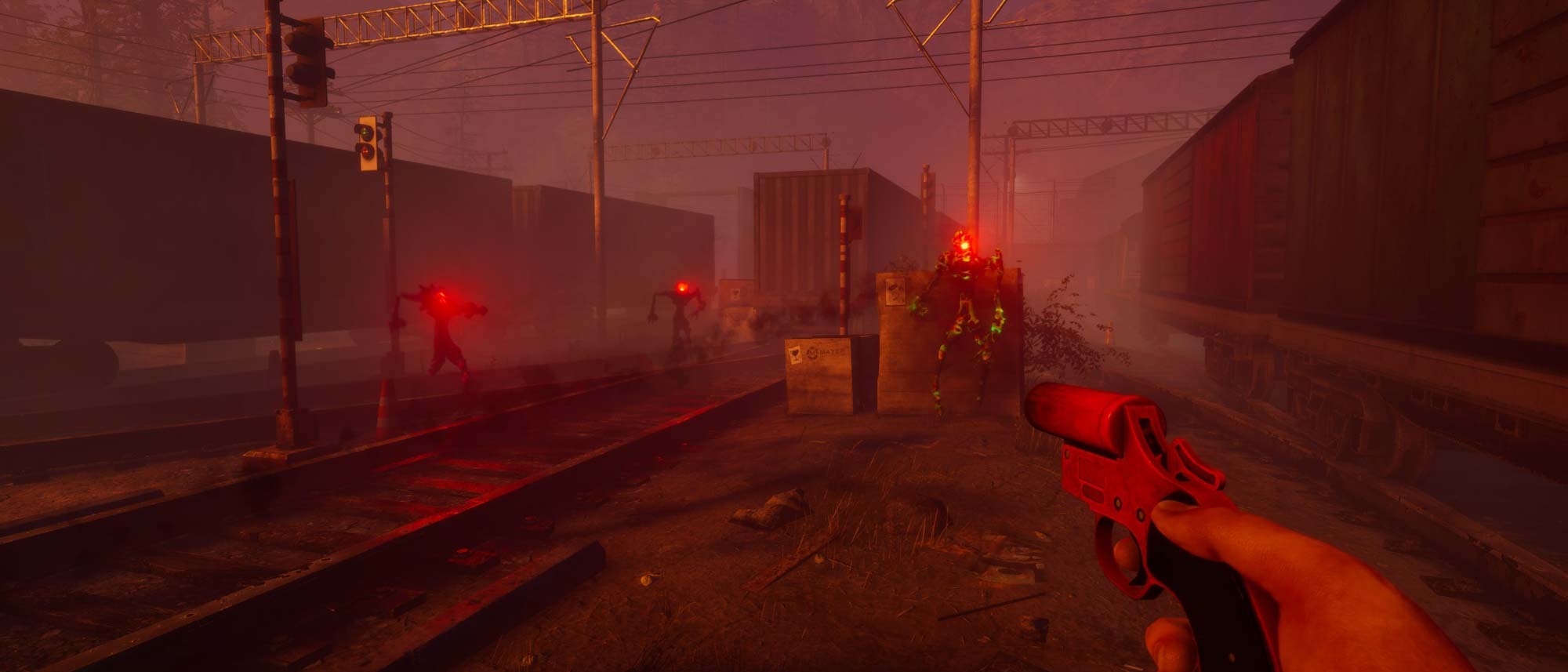Tom's Guide Verdict
In Sound Mind features plenty of unnecessary and frustrating mechanics, but a complex, entertaining story and the deft application of classic and psychological horror tropes help carry the game.
Pros
- +
Well applied horror tropes
- +
Eerie atmosphere
- +
Compelling story
- +
Interesting bosses
Cons
- -
Half-baked stealth and crafting
- -
Dull combat
Why you can trust Tom's Guide
Platforms: Switch, PC, Xbox Series X/S, Playstation 5
Price: $40
Release Date: September 8, 2021 / October 12, 2022 (Switch)
Genre: Horror
In Sound Mind sometimes feels like it's having an identity crisis, much like its traumatized characters. The game doesn’t know what it wants to be, but attempts to accomplish a lot. But In Sound Mind isn’t all bad, and while it does some things poorly, it still does others very well indeed.
Around 10 minutes into In Sound Mind, the protagonist, Desmond, remarks: “As strange as this is, I’m equally as fascinated as I am scared.” His observation is apt, because In Sound Mind is certainly weird, featuring a melange of mechanics that either don’t work or aren’t needed. Yet the game is still interesting and unnerving, thanks to a considered storyline and a range of horrific elements that’ll get your spine tingling. Read on for our full In Sound Mind review.
In Sound Mind review: Gameplay
In Sound Mind is a single-player psychological horror game developed by We Create Stuff and published by Modus Games. Players assume the role of Desmond Wales, a therapist who wakes up in a post-apocalyptic dreamworld. Only by traversing the nightmarish environment, and unraveling a convoluted and traumatic plot along the way, can he understand where he is, why he’s there and how to escape. Along the way, Desmond must explore psychologically distressing memories, fight nefarious enemies and solve challenging puzzles.
At the beginning of the game, Desmond wakes up in a dank basement. From here, you must investigate your surroundings — a multistory apartment building — to figure out where you are and what is going on. To do this, you must delve into the memories and histories of Desmond’s most troubled patients.
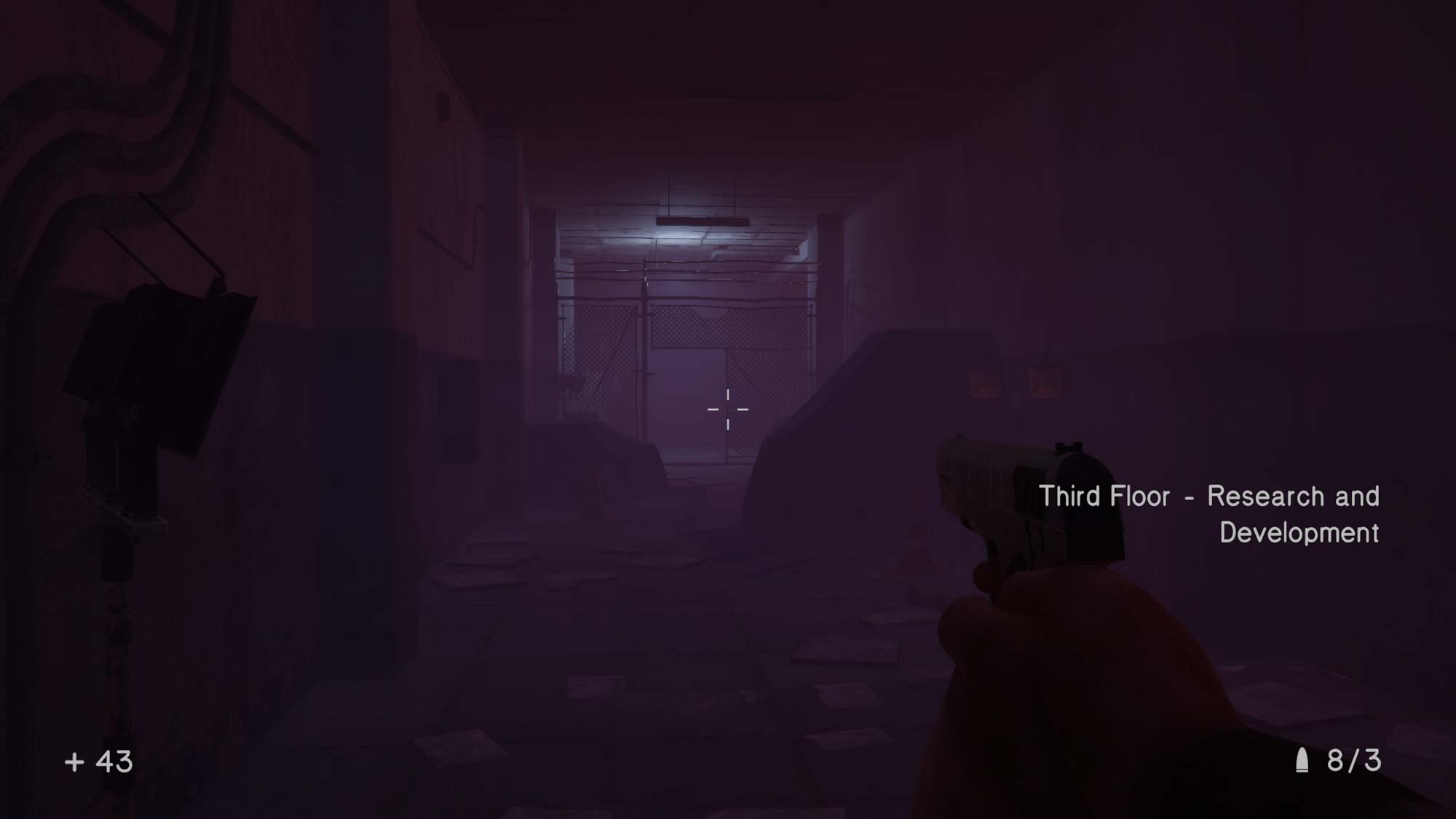
Portals throughout the apartment building teleport you to different maps. Each map is linear, guiding you through a trail of voice recordings, clues and challenges. You’ll need to explore these maps, fight or sneak past enemies, craft weapons, solve puzzles, manage your resources, find stat upgrades, and hunt down quest items. On the surface, that seems like a lot of stuff to do. Unfortunately, though, many of these mechanics feel halfhearted or pointless, or both.
First, you'll have to deal with enemies, using either guns or stealth. Shooting works fine, but that’s about all there is to say in its favor. Enemies comprise a handful of variations on the same black shapes. Neither hitting nor killing them presents a challenge, and with only three guns to use, there isn’t much variety in taking them down, either. Having a gun in the early stages feels empowering, and managing your ammo can be tricky. But on the whole, gunplay is lackluster, keeping you alive and nothing more.
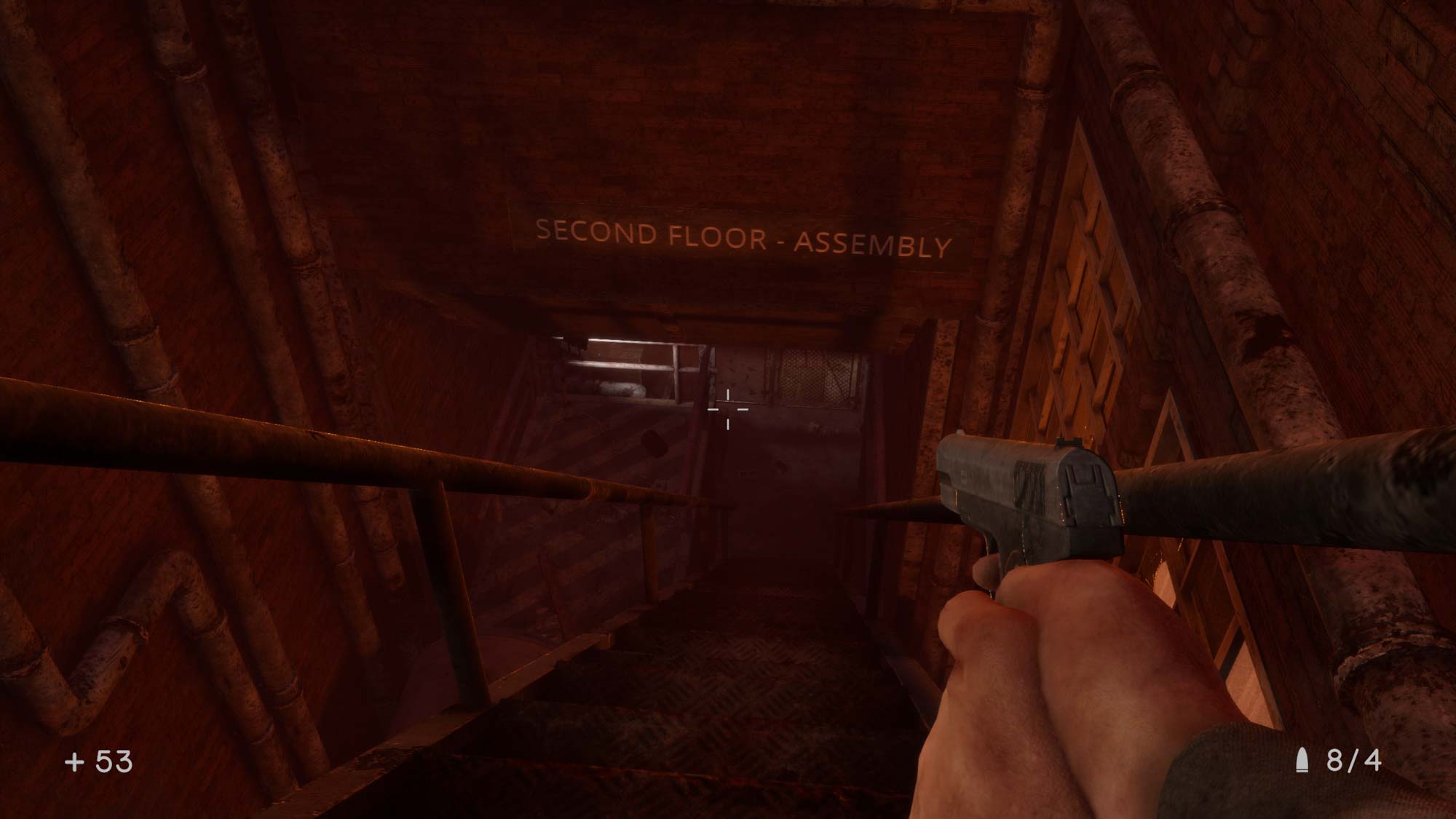
In Sound Mind’s stealth mechanic isn't great, either. It essentially boils down to hiding behind a box and walking around an enemy. It’s simplistic, repetitive and almost totally superfluous. To make matters worse, in most situations, stealth is almost impossible to use. Enemies frequently appear out of nowhere, or sit hiding behind objects. You’ll usually run straight into them before stealth is even an option. Similarly, you must regularly destroy environmental hazards to open new map areas, which immediately alerts any enemies in the vicinity. The poor implementation of stealth is a missed opportunity, as other titles in the genre, such as Alien: Isolation, have proven how well it can heighten a sense of fear and tension.
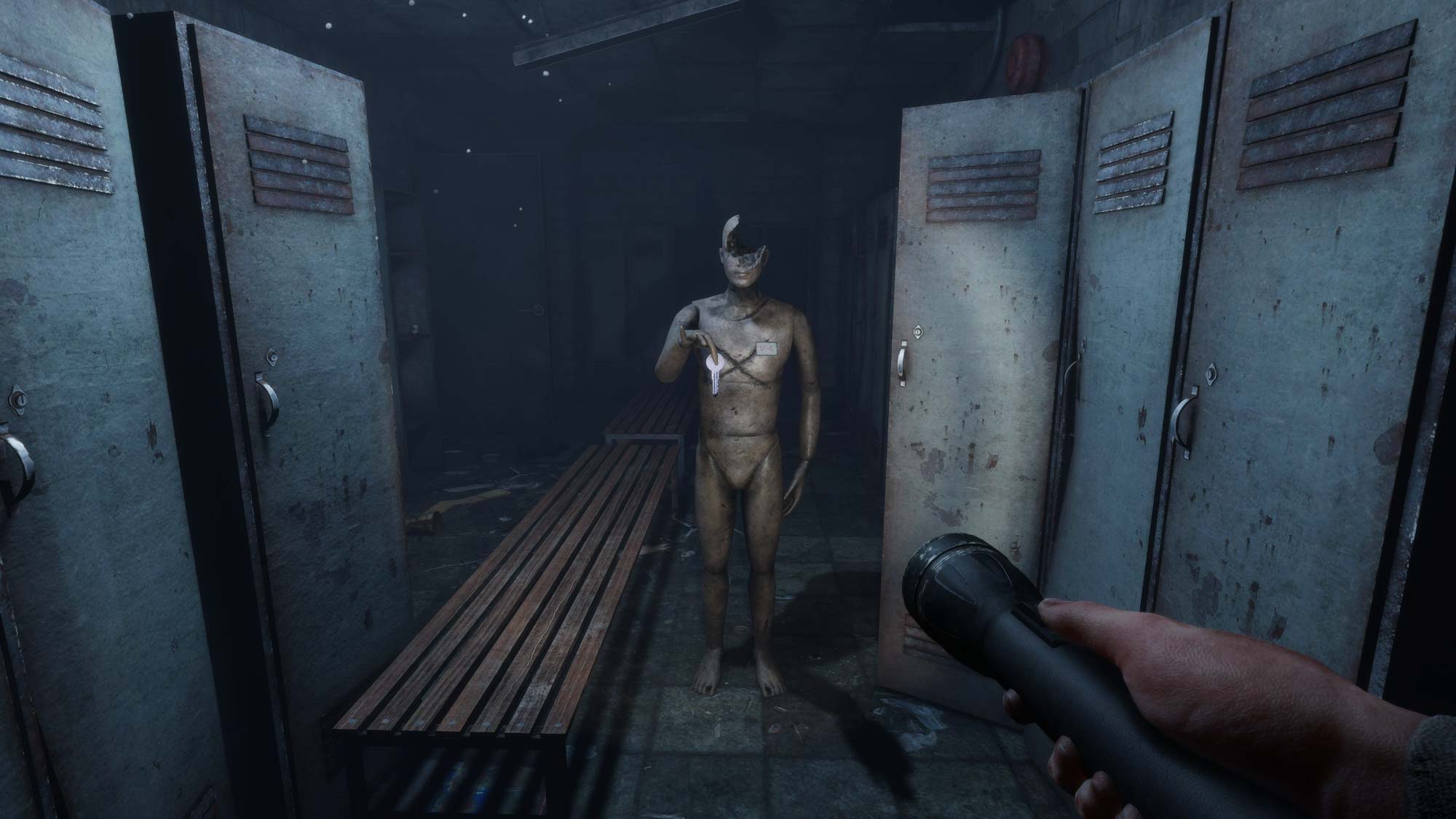
Stealth also epitomizes one of In Sound Mind’s most annoying traits: the introduction and then immediate abandoning of mechanics. Crafting is another example. Early on, you must find components around the apartment block to build your first gun, which feels like an accomplishment. Your next gun, though, you'll simply pick up in a room. The game essentially drops crafting neglecting any further chances for the mechanic to shine.
Then there’s the perks system. Through "exploration" (read: poking around in the grass), you can level up Desmond’s stamina, health and so on. In light of the previous systems, the perks mechanic gets some credit for actually persisting throughout the entire game. However, there's no discernible change in difficulty when using perks, rendering them pointless.
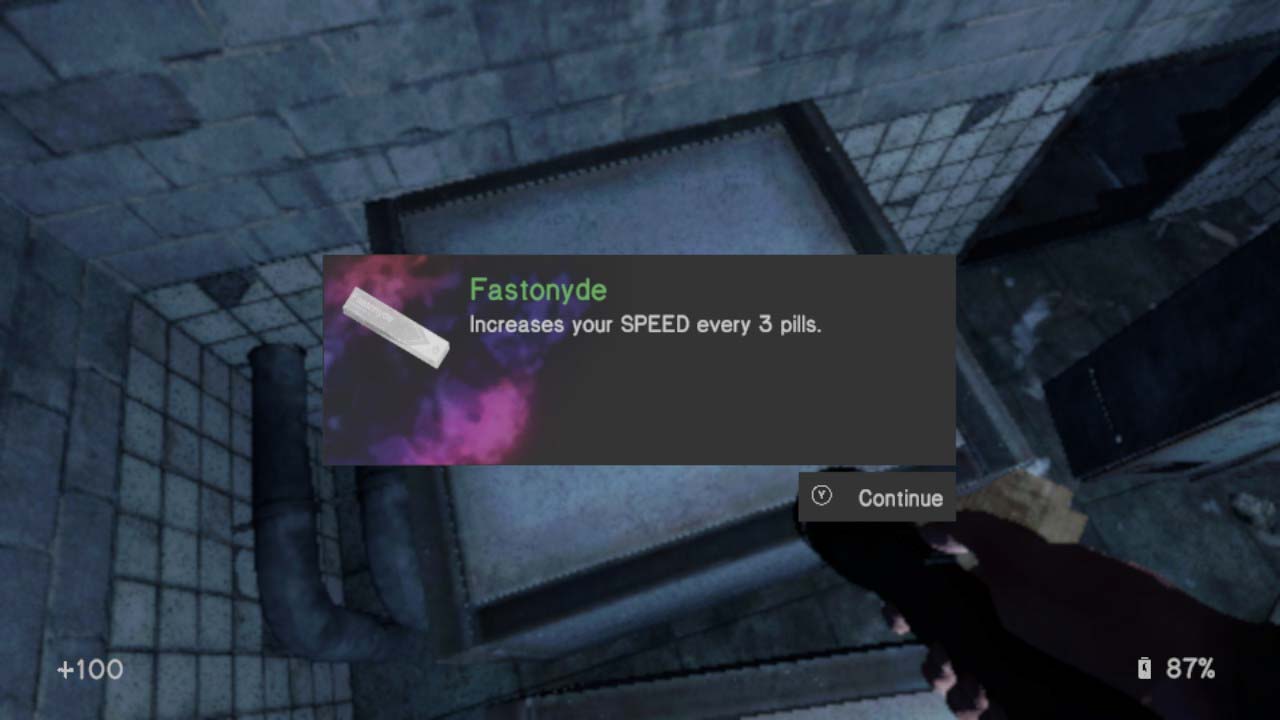
Fortunately, there are a few gameplay elements that In Sound Mind does well, and these help make up for its shortcomings. Bosses, for example, are an antidote to the dull, cookie-cutter combat. Boss fights usually eschew gunplay, requiring other tools instead. You tackle one boss using mirrors, for example, and another with floodlights. In one scenario, you must fight a lightbulb by using a flare gun; in the next, you must dodge a bull skull on wheels. These scenarios provide some much-needed variety.
There are also puzzles, which are hit-or-miss. Many are too easy, simply requiring you to run around a bit and look at something from a different angle. Other tasks are tedious and repetitive, such as one that involves running back and forth between fuse boxes and opening them one screw at a time. On balance, though, there are just enough enjoyable and demanding puzzles to present a challenge and give a sense of achievement when you figure them out.
In Sound Mind review: Story
In Sound Mind excels in its storytelling. The plot is complex and well-thought-out, intertwining a high-level government conspiracy with tragic individual stories incorporating suicide, body dysmorphia, personality disorders and domestic abuse. The game gives nothing away too early, controlling the pace through its structured chapters.
Nevertheless, In Sound Mind doesn’t scrimp on throwing you just enough clues to keep you constantly guessing (and second-guessing). You'll find notes left on the ground with redacted words. You can read files about each of Desmond’s patients and extrapolate about what’s going on. There’s a cat who talks to you about the plot as a sort of muse. The whole experience feels absorbing.
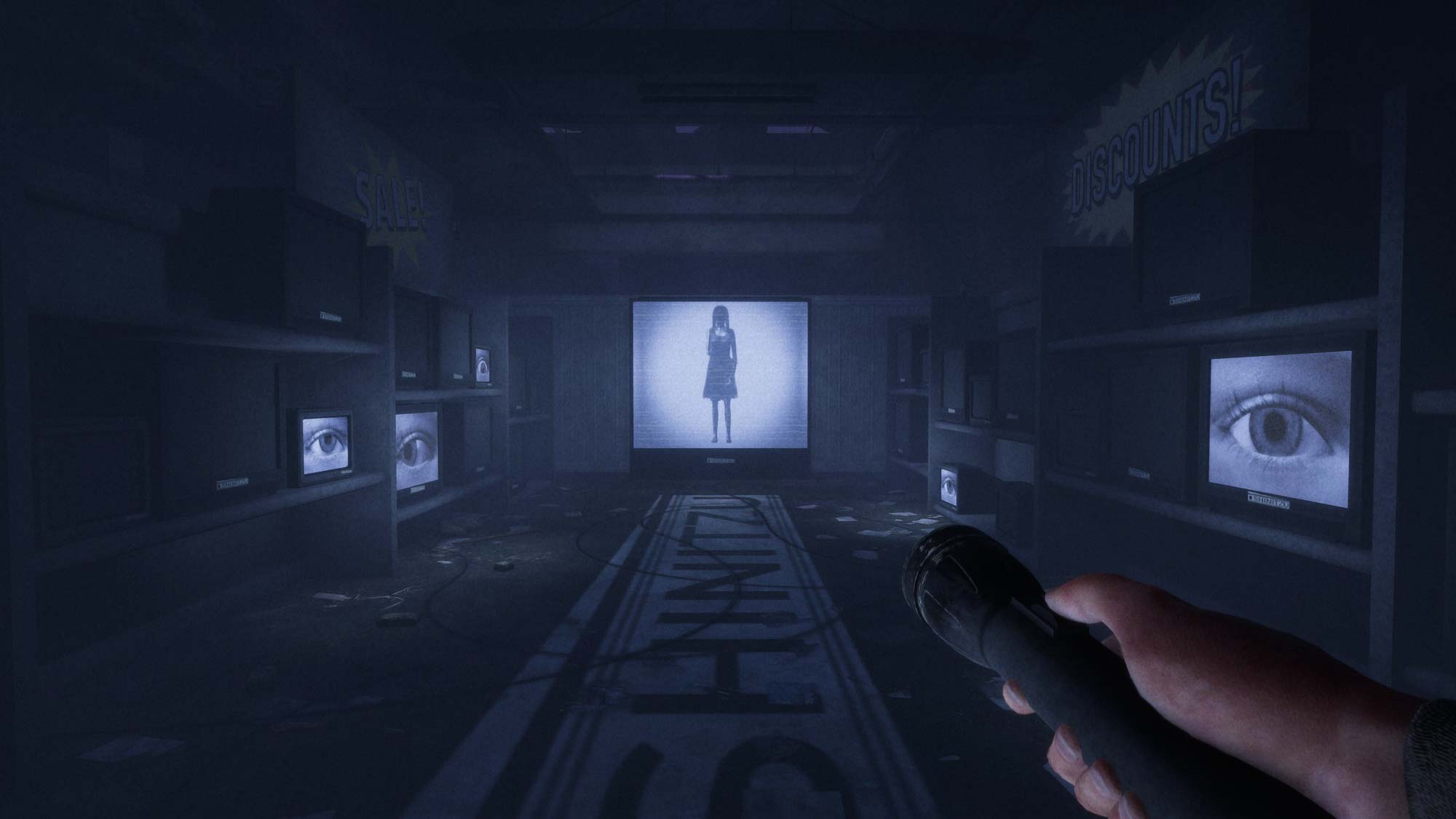
Most importantly though, In Sound Mind is creepy. Really creepy. Initially, the game invokes archetypal horror tropes: gloomy corridors and eerie lighting, an ominous voice calling you on payphones and so forth. As the plot progresses though, you become accustomed to the classic horror elements. It’s then that In Sound Mind turns up the psychological tension, combining its deliriant themes with subtle jumpscares. Mannequins change positions slightly as the camera moves; items appear where there was nothing before; the environment shifts slightly as paths and doorways disappear. It’s genuinely unsettling, making you question your own memories and sanity.
In Sound Mind review: Visuals and sound
I tested In Sound Mind on both PC and Nintendo Switch. Graphical performance on PC is decent. On the highest settings, textures look a little dated — gun skins, for example, look straight out of an early 2000s war shooter — but the game certainly doesn’t look bad overall.
On Switch, unfortunately, the graphics are dismal, and draw distance was my biggest bugbear. On PC, looking out of the apartment building at the flooded wasteland outside enhances a sense of desolation and hopelessness. Similarly, while traversing the world, there are monumental illuminated cassettes in the distance, giving a sense of both scale and surrealism. Both visual elements are lost on Switch.
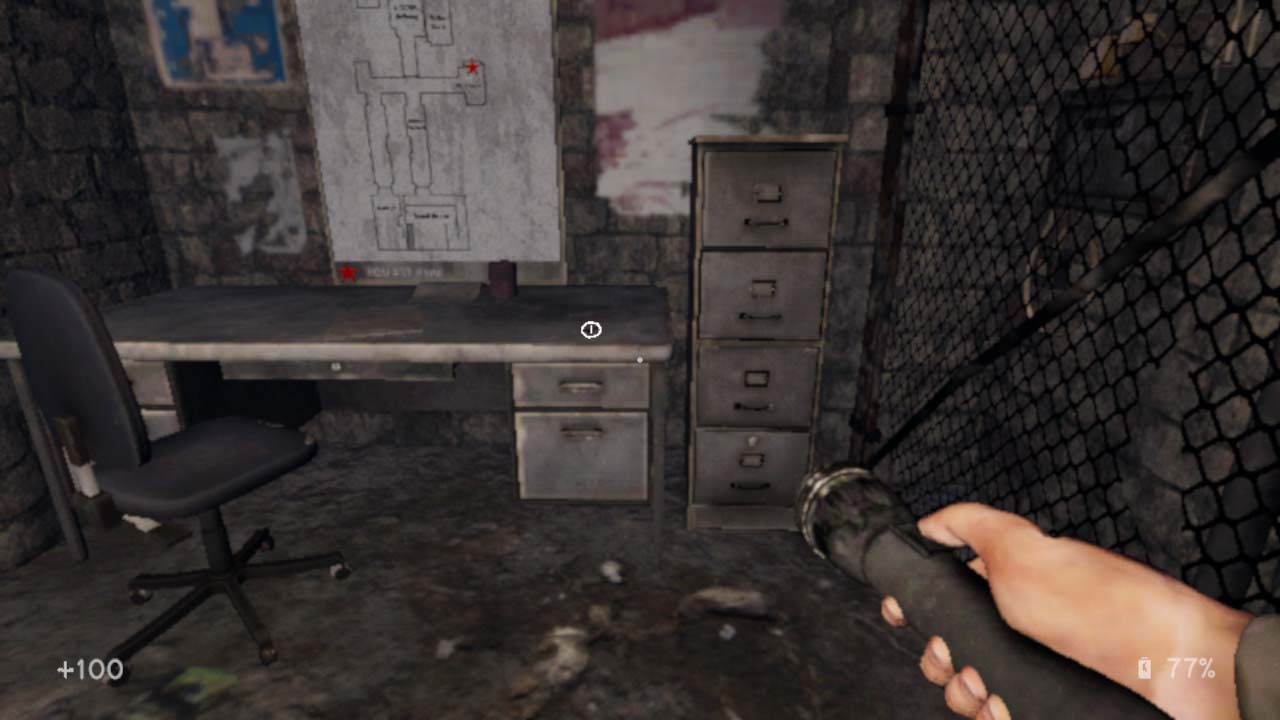
However, each platform makes good use of lighting and color. A limited use of light, combined with a color palette of reds and purples generates a sinister and spectral mood that perfectly mirrors Desmond’s bizarre and melancholy situation.
Music comes courtesy of YouTube music ensemble The Living Tombstone. The game starts with a dark, evocative piano melody as the camera pans through the flooded world, followed by a haunting synth track that accompanies the player through the basement. Similarly poignant tracks underscore the various floors, rooms, maps and situations you encounter.
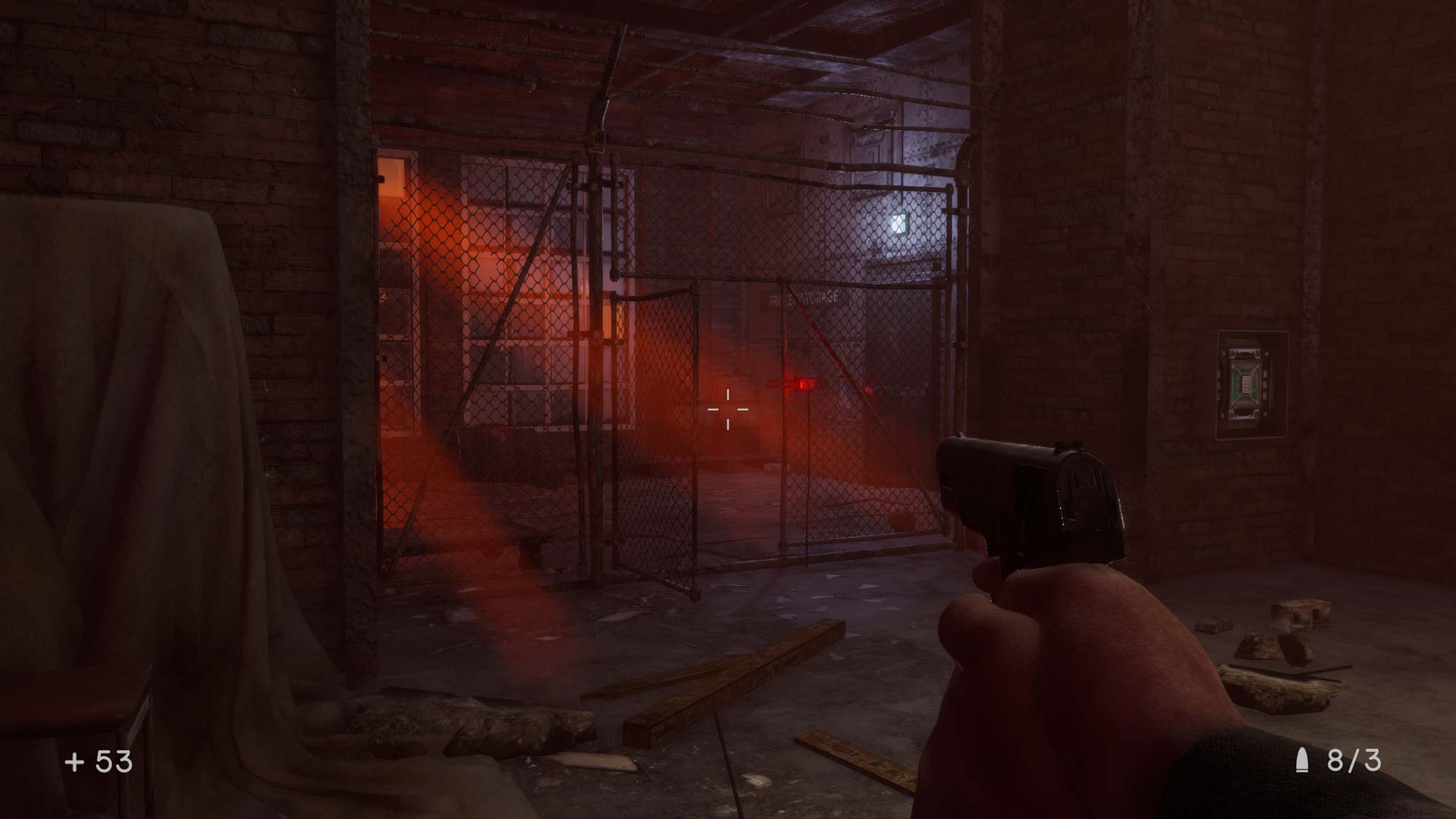
The sound effects set the mood, too. You'll hear rattles, clinks and creaks interspersed with the ambient noise, acting as mini-jump scares and instilling a sense that wherever you are, you aren’t alone. The soundtrack is undoubtedly this game’s pièce de résistance.
In Sound Mind review: Verdict
In Sound Mind bites off more than it can chew, throwing in a whole host of mechanics but executing some of them poorly. Combat is dull; stealth, crafting and perks might as well not exist; and the puzzles, while not awful, are generally mediocre.
However, a few elements of In Sound Mind stand out favorably. The complex plot is imaginative and entertaining. The atmosphere is highly immersive, and gameplay is both classically scary and psychologically unsettling.
If you’re considering In Sound Mind because you want action-packed horror, intense stealth, or challenging puzzles, go elsewhere. But if you like games with absorbing storylines, scary experiences and psychological suspense, In Sound Mind is a worthwhile way to spend your time.

Peter is a Senior Editor at Tom's Guide, heading up the site's Reviews team and Cameras section. As a writer, he covers topics including tech, photography, gaming, hardware, motoring and food & drink. Outside of work, he's an avid photographer, specialising in architectural and portrait photography. When he's not snapping away on his beloved Fujifilm camera, he can usually be found telling everyone about his greyhounds, riding his motorcycle, squeezing as many FPS as possible out of PC games, and perfecting his espresso shots.
